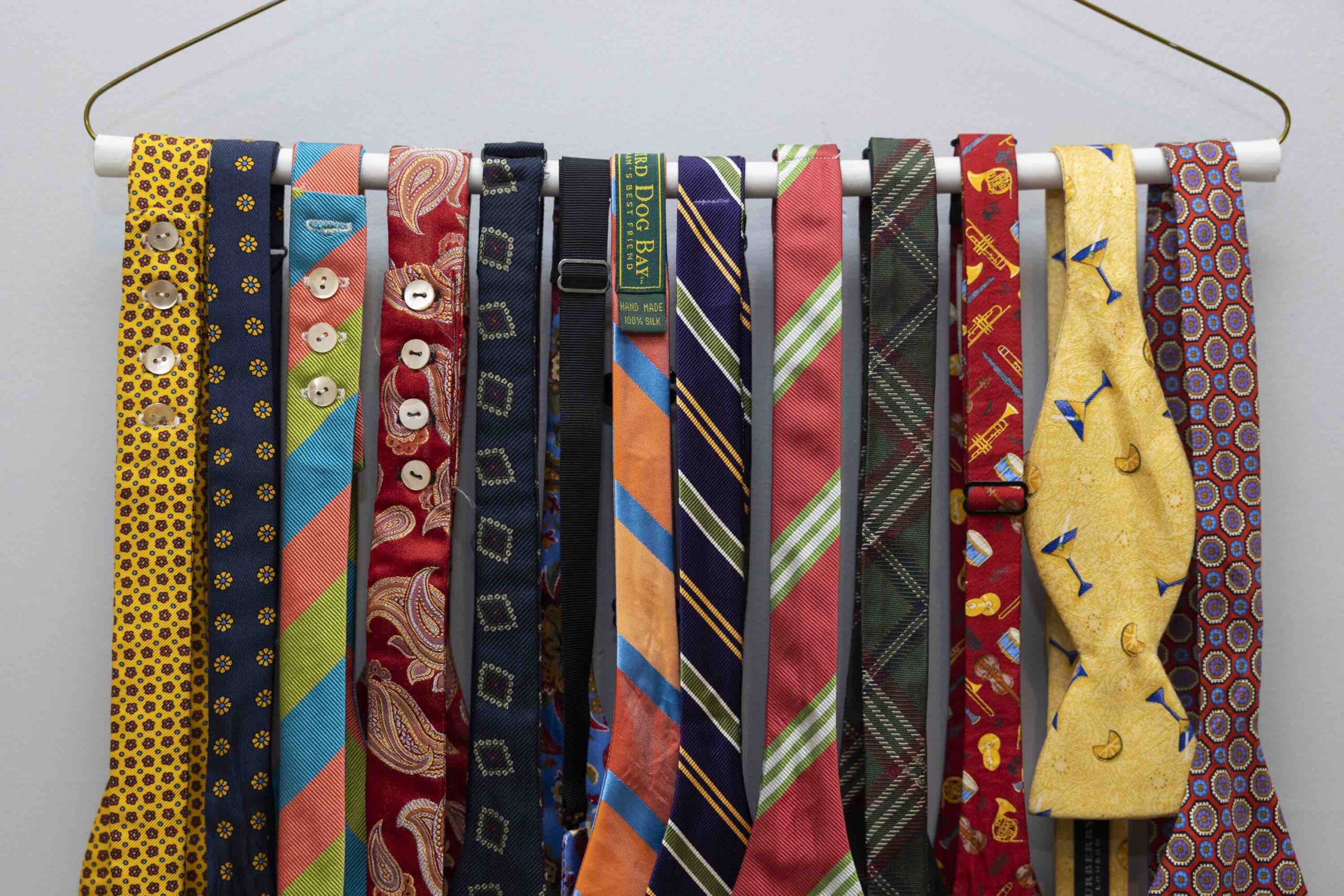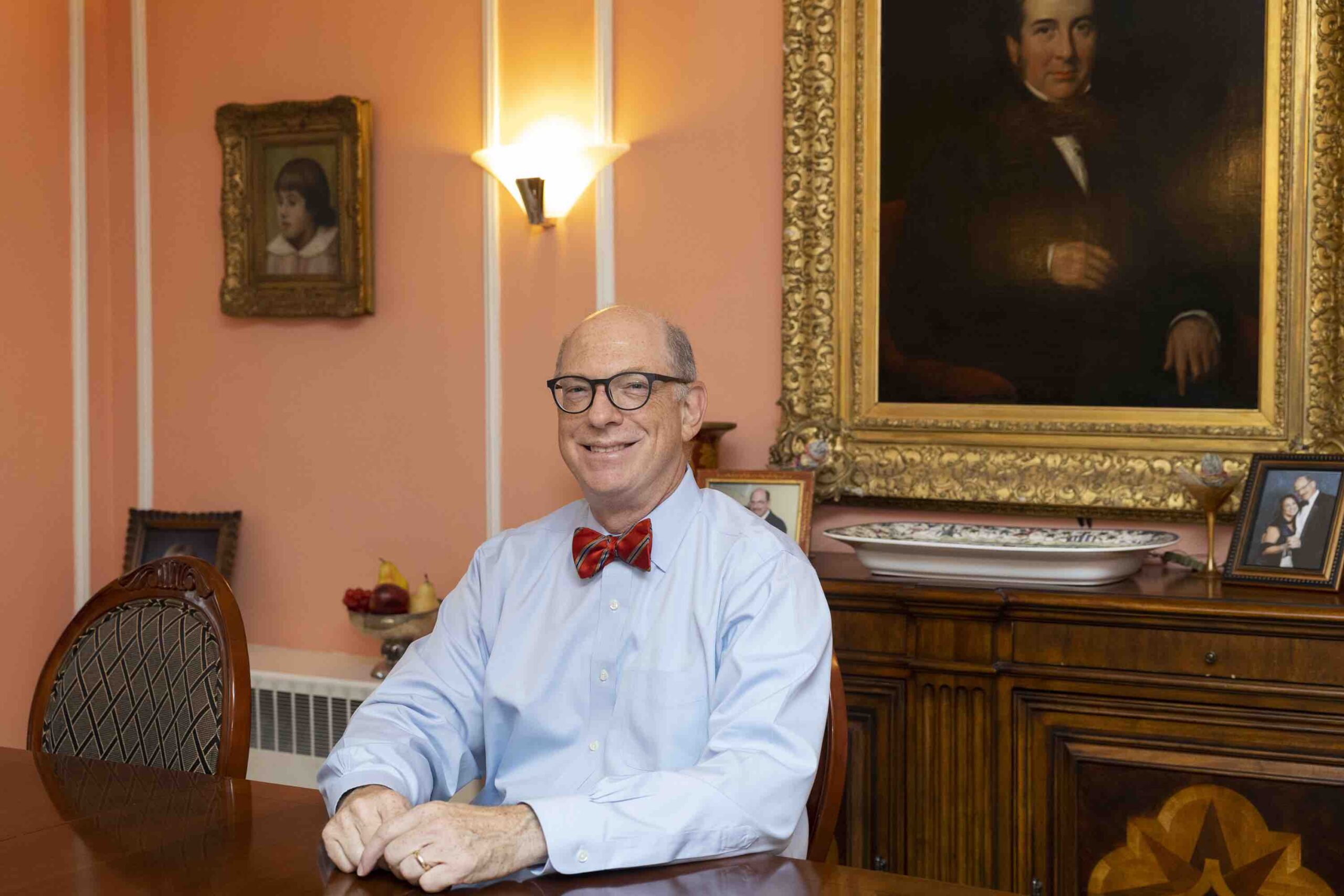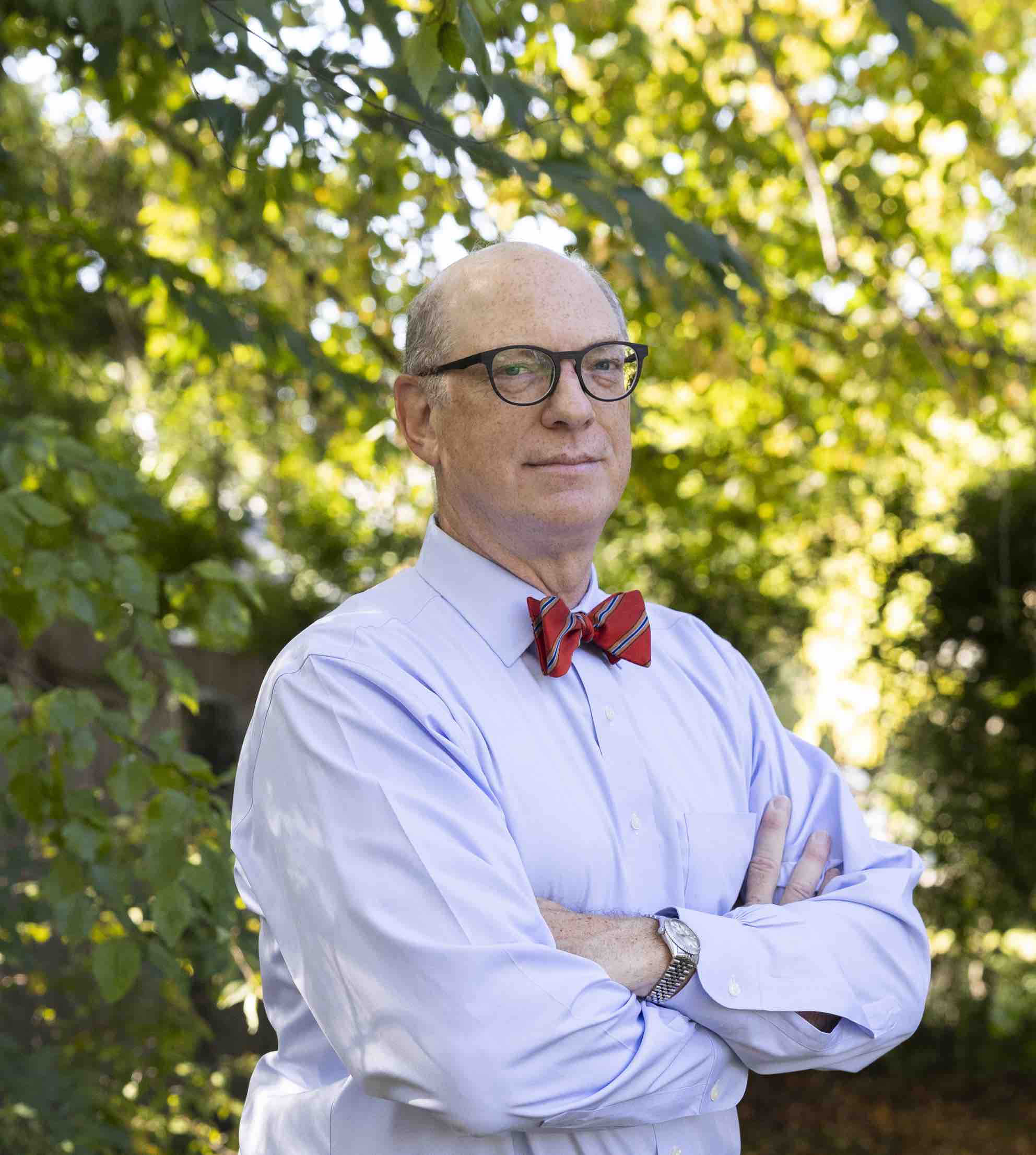One June morning a couple of years ago, Philadelphia-based attorney Jonathan S. Ziss started strategizing about a case even before he left home for work. Should he wear a tie? If so, what kind?
That afternoon, Ziss would be going to a court-ordered inspection of an automobile dealership he contended wasn’t playing fair with his client, a competing dealership, and he knew the other side’s lawyers wouldn’t wear ties. If he did wear one, he figured, the other lawyers’ clients might think him more serious than their own attorneys. They might even think Ziss knew something they didn’t.
The occasion, Ziss decided, called for a bow tie, and he had just the one among the 50 in his closet: a schoolboy two-tone repp-stripe. Draping it around his neck, he let the left side hang about half an inch longer, as right-handers will. Then, he carefully tied a knot whose pinch the other guys’ attorneys might figuratively feel if his bow tie had the intended effect.
“I try to pay attention to both the message and the effect,” Ziss said. “I always want to establish myself as an authority in the courtroom—he who should be listened to. Judges need to learn about each case, and I want to be the voice they want to listen to in order to learn. In some situations, I feel—literally feel—that a bow tie enhances that dynamic.”

A bow tie is more than just a tie, aficionados say. “It’s an expression,” said Kirk Hinckley, founder of the subscription retailer BowTieClub.com, based in Gaithersburg, Maryland, and himself a bow tie lover. “It shows a sign of authority.” Bow ties stir something in the wearer as well as the beholder, said Richard Taylor of Detroit, founder of HarrisonBlakeApparel.com. “They make people happy,” Taylor said. “You wear a necktie out of necessity. You wear a bow tie out of love.”
Sales trends seem to substantiate this. While long ties have been selling less even before COVID-19, and are thought by some to be an endangered species, sales of bow ties have held steady or at least tracked a less precipitous decline. A 2015 report by the market research firm Grand View Research projected that the bow tie segment of the necktie industry would experience the fastest growth through at least 2019 because of the “rising adoption of bow ties as casual wear accessories, especially among millennials.” That trend seems to be holding, industry observers say.
Bow tie sales are recovering from the pandemic-related recession faster than long ties, said Hinckley, who has provided ties for former presidents, including Barack Obama’s inauguration bow tie.
“I wouldn’t say bow ties are outselling neckties,” Taylor said. “But I think, moving forward, you might see bow ties on the rise because you can wear them this time of year with sweaters. They’re a little less formal.” A bow tie can be worn without a suit more easily than a long tie, said Hinckley, who has more than 300 bow ties at his home, where he takes those with slight defects. “The typical bow tie wearer is very independent—not someone at Procter & Gamble, but lawyers, judges, and architects,” he said.
Ziss wears a bow tie 8 out of 10 times he appears before a judge and for most jury trials. While he can’t say if he’s ever won a case because he was wearing a bow tie, he’s seen the difference the accessory can make. During a jury trial in 2010, a judge and his law clerk wore bow ties on the second day, after seeing Ziss in one on the first.
Though the striking individualism of bow ties, together with their intimation of membership in something bigger than oneself, might suggest they’re an American phenomenon, they aren’t. Neither are neckties. They got their start in the 17th century when Croatian mercenaries in the Thirty Years’ War wrapped their necks in fabric. After the war, French soldiers copied the look, then the upper classes started wearing bow ties. Today, Asia Pacific, where the influence of Western culture is boosting the popularity of bow ties, holds the largest market share, according to Grand View Research.
But the United States has played a key role in driving the evolution and popularity of the bow tie. In October 1886, Pierre Lorillard designed the tuxedo and debuted it with a black bow tie at a ball held at the Tuxedo Club in New York. And in the 20th century, actors such as Charlie Chaplin, Fred Astaire, Marlene Dietrich, and Katharine Hepburn caused bow tie sales to spike from time to time. So did movie and television characters such as James Bond and, more recently, Doctor Who.
Ziss has worn bow ties ever since his wife bought him two at Burberry more than 30 years ago. One was yellow, one red. “I think she was looking ahead to a formal event a few months out,” he said, “and she wanted me to be ready to rock a self-tied bow tie.”
Ziss learned to knot those first bow ties with the fine motor skills he honed building model airplanes. All he needed was a diagram and half a dozen tries. “It’s like any other folding or tying or close-up work,” he said. “I learned to pin my daughter’s hair into buns when she was appearing onstage at the Philadelphia Academy of Music in ‘The Nutcracker.’”

Ziss doesn’t wear a bow tie everywhere. Last winter, while at a court hearing representing a group of car dealerships whose fleet salespeople had allegedly left in a coordinated exodus to go to work for a competitor, taking with them proprietary information—the same case that would lead him five months later to that dealership inspection—he opted to dress more conservatively. The hearing was in a town “where strangers stand out,” Ziss said, and it was his first appearance before that judge. “For an unfamiliar lawyer to be perceived as flashy—and to be wearing a bow tie—was just too risky,” he said. He wore a conventional tie, orange with tiny dots.
It was a bow tie, however—the two-tone repp-stripe—that Ziss decided to wear to inspect the car dealership that day in June 2019. It proved a good choice. “I was able to establish and maintain a dominant role among the lawyers there and differentiate myself from my team and from the dealership brass, who wore traditional suits,” Ziss said. “I think it worked.”













